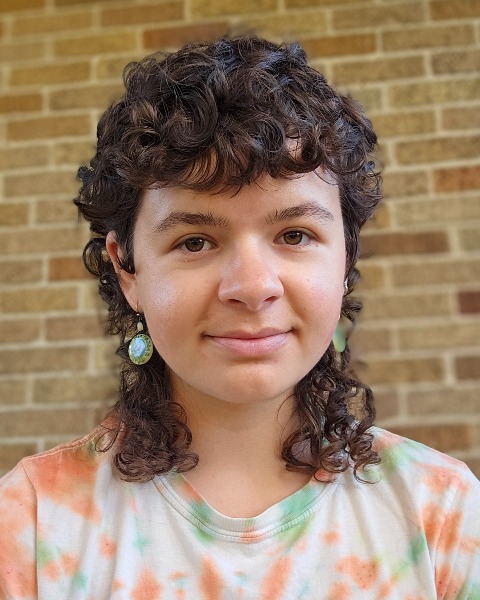Student Poster Display
Plant-Insect Ecosystems
Student
Student Competition
D3193: Community science sheds light on interspecific differences in bumble bee floral visitation

Lillian Cruz Landre (they/them/theirs)
Student
University of California, San Diego
Shorewood, Wisconsin
Jessica L. Mullins
PhD Student
University of California
La Jolla, California- DH
David A. Holway
University of California
La Jolla, California
Presenting Author(s)
Co-Author(s)
Pollinator species are declining due to climate change, land-use change, pathogens, and pesticides. Bumble bees (Bombus spp.), which are key pollinators in many parts of the northern hemisphere, exhibit striking species-level variation in their susceptibility to environmental change. Here we use records on iNaturalist, a community science platform, to examine 2,295 “Research Grade” Bombus observations in San Diego County from 2019-2022. This region is home to five bumble bee species, which vary in the extent to which they are declining. We quantified the species composition of flowers visited by each bee species and whether or not these plant species were native or introduced. Bumble bees exhibited pronounced interspecific differences in floral visitation patterns, but all species visited plant genera such as Salvia (sage), Acmispon (deerweed), Cirsium (thistle), and Lupinus (lupine). Bombus species also varied in rarefied breadth of plant genera visited, ranging from a mean of 16 (B. crotchii) to 33 (B. sonorus) genera. Similarly, species also strongly differed in their use of non-native plants, ranging from 3.64% (B. crotchii) to 57.52% (B. sonorus) of their floral visits. Understanding regional patterns of floral visitation may provide useful information for conservation strategies that enhance pollinator resilience and biodiversity. This study for example, identifies specific plants that can be used in pollinator gardens and habitat restoration efforts to help support Bombus populations.

.png)

